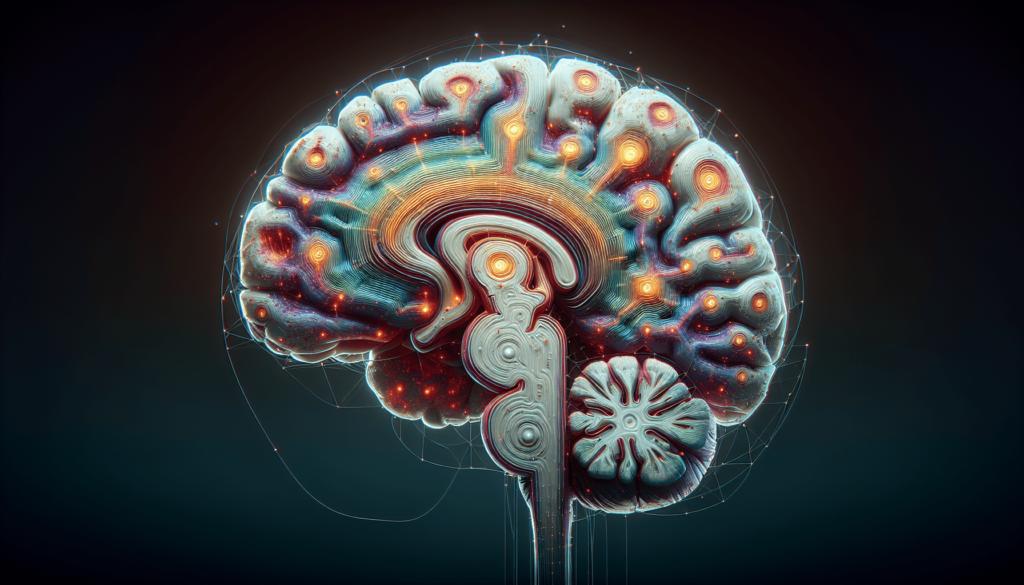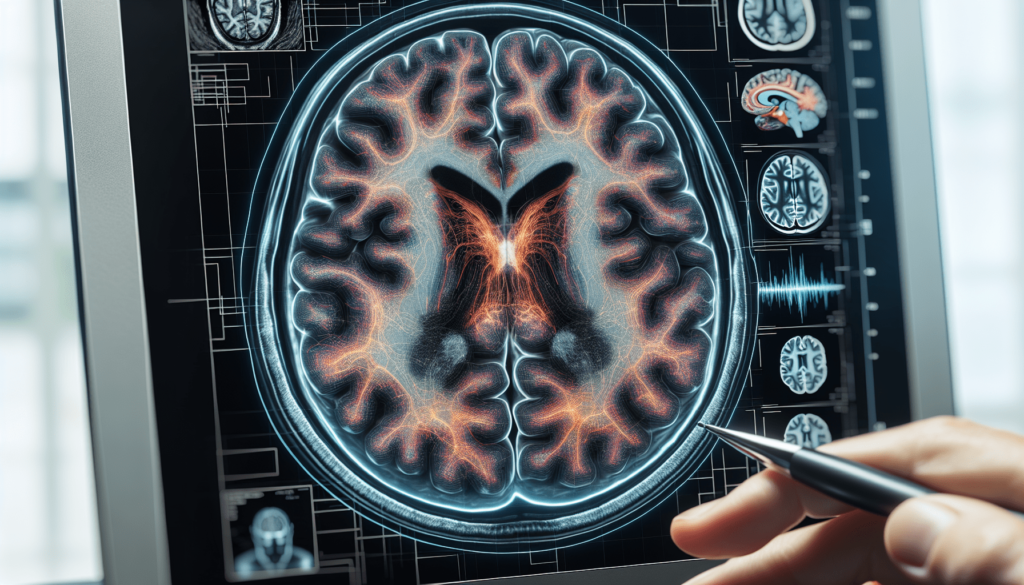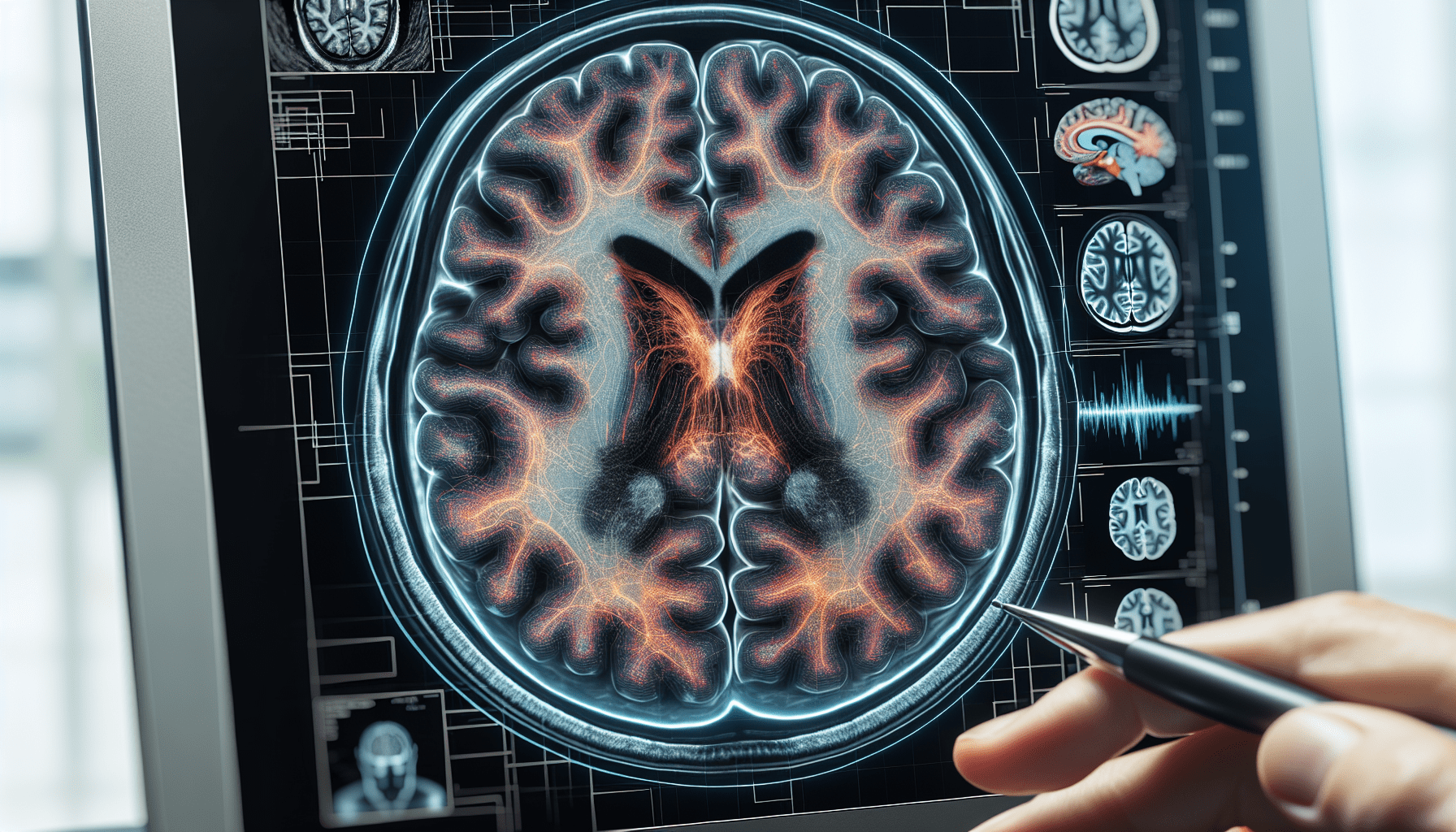Have you ever wondered what happens to the brain during cognitive decline? In this article, we will explore the fascinating world of neurological changes that occur in the brain as cognitive abilities decline. From understanding the underlying mechanisms to exploring the potential implications, this article aims to shed light on this important topic. So, grab a cup of tea and get ready to embark on a journey through the intricate pathways of the brain as we unravel the mysteries of cognitive decline.
Examining the Brain and Cognitive Decline
Defining cognitive decline and its implications
Cognitive decline refers to the gradual deterioration of cognitive functions, including thinking, memory, and reasoning abilities. As you age, it is natural to experience some changes in cognitive functioning. However, when these changes become more pronounced and interfere with daily life, they may indicate the presence of cognitive decline. This decline can have significant implications on a person's ability to perform daily activities, maintain independence, and engage in social interactions.
Exploring the structure and function of the brain
To understand cognitive decline, it is essential to examine the structure and function of the brain. The brain is divided into several regions, each responsible for different cognitive functions. The main areas of interest in cognitive decline include the hippocampus, frontal and prefrontal cortex, temporal and parietal lobes. These regions play crucial roles in memory, attention, language, and problem-solving.
Understanding how cognitive functions are distributed across the brain
Cognitive functions are not localized in one specific area of the brain but are distributed across various regions. For example, memory is dependent on the hippocampus, while language processing involves the temporal and frontal lobes. The interconnectedness of these brain regions allows for efficient processing and integration of information. However, in cognitive decline, these connections weaken, leading to difficulties in cognitive functioning.
The Aging Brain and Cognitive Decline
The process of normal brain aging
As you age, the brain undergoes natural changes that contribute to the process of normal brain aging. These changes include increased shrinkage of brain volume, decreased blood flow, and reduced synaptic connections. These age-related changes can result in subtle declines in cognitive abilities, such as slower processing speed and mild forgetfulness.
Distinguishing between normal age-related changes and cognitive decline
It is important to differentiate between normal age-related changes and cognitive decline, as they have different implications. Age-related changes are a part of the natural aging process and do not significantly impact daily functioning. On the other hand, cognitive decline is characterized by a more noticeable decline in cognitive abilities that can affect daily activities, relationships, and overall quality of life.
How aging affects various cognitive functions
Aging can affect various cognitive functions differently. Memory decline is a common age-related change, especially in regards to episodic memory (memory of specific events). Processing speed may also slow down, making it more difficult to take in and respond to information quickly. Attention and executive functions, such as problem-solving and decision-making, may also decline with aging. However, it is important to note that the extent and rate of decline can vary among individuals.
Neurological Changes Associated with Cognitive Decline
Brain structure alterations
During cognitive decline, the brain undergoes structural alterations. These alterations can include a decrease in brain volume, particularly in areas crucial for memory and cognitive processing. The hippocampus, in particular, is susceptible to shrinkage, leading to memory impairments.
Degradation of the neural network
The connections between neurons, known as the neural network, can degrade during cognitive decline. This degradation disrupts the efficient transmission of signals and information within the brain. The weakening of neural connections contributes to the decline in cognitive functions.

Differences in neurotransmitter activities
Neurotransmitters, such as dopamine, serotonin, and acetylcholine, play vital roles in cognitive functions. During cognitive decline, there can be imbalances or decreased production of these neurotransmitters, affecting communication between neurons. These changes in neurotransmitter activities contribute to cognitive impairments.
Specific Changes in Brain Regions Tied to Cognitive Decline
Role and changes in the hippocampus
The hippocampus is a crucial brain region involved in memory formation and retrieval. In cognitive decline, the hippocampus can shrink, leading to memory impairments, especially in the formation of new memories. As a result, individuals may struggle to remember recent events and experience difficulties learning new information.
Impact on the frontal and prefrontal cortex
The frontal and prefrontal cortex are responsible for executive functions, including problem-solving, decision-making, and attention control. In cognitive decline, these regions can show decreased activity and reduced volume, leading to difficulties in executing complex tasks and making judgments.
Degeneration in the temporal and parietal lobes
The temporal and parietal lobes are involved in language processing, perception, and spatial orientation. During cognitive decline, these lobes can undergo degeneration, resulting in language difficulties, sensory processing challenges, and spatial disorientation.
Role of Neurons and Synapses in Cognitive Decline
Understanding neuron structure and function
Neurons are the building blocks of the nervous system and are responsible for transmitting information through electrical impulses and chemical signals. Each neuron consists of a cell body, dendrites (receiving signals), and an axon (transmitting signals). Neurons work together to form neural networks, allowing for the integration and processing of information.
Damage to neurons and its effects
In cognitive decline, neurons can become damaged or die, affecting brain function. This damage can occur due to various factors, such as oxidative stress, inflammation, and protein misfolding. The loss of neurons can result in impaired cognitive functions and memory deficits.
Alterations in synapse structure and number
Synapses are the points of communication between neurons, where signals are transmitted through chemical neurotransmitters. In cognitive decline, there can be alterations in synapse structure and a decrease in the number of synapses. This disruption in synaptic communication contributes to cognitive impairments.
Influence of Neurotransmitters on Cognitive Decline
Understanding different neurotransmitters and their functions
Neurotransmitters are chemical messengers that transmit signals between neurons. Different neurotransmitters have specific functions in cognitive processes. For example, acetylcholine is involved in memory and attention, while dopamine plays a role in reward, motivation, and learning.

Decline in neurotransmitter production
In cognitive decline, the production and release of neurotransmitters can decline. This decline can disrupt the transmission of signals between neurons, leading to cognitive impairments. For example, reduced acetylcholine levels are associated with memory deficits commonly seen in cognitive decline.
Impact of altered neurotransmitter activity on cognitive functions
Altered neurotransmitter activity can significantly impact cognitive functions. For instance, decreased dopamine activity is linked to difficulties in attention and motivation. Likewise, imbalances in other neurotransmitters can lead to memory problems, mood alterations, and impaired cognitive flexibility.
Pathological Causes of Neurological Changes
Neurodegenerative disorders
Neurodegenerative disorders, such as Alzheimer's disease and Parkinson's disease, are characterized by the progressive degeneration of neurons and brain structures. These disorders contribute to cognitive decline through the accumulation of toxic proteins, inflammation, and the loss of neurotransmitter-producing cells.
Vascular changes
Vascular changes, such as small vessel disease or strokes, can impair blood flow to the brain. Reduced blood flow deprives brain cells of oxygen and nutrients, leading to brain damage and cognitive decline.
Inflammatory and oxidative stress
Inflammation and oxidative stress can contribute to neurological changes and cognitive decline. Chronic inflammation and increased oxidative stress can damage neurons, disrupt neural networks, and alter neurotransmitter production, leading to cognitive impairments.
Symptoms and Clinical Presentation of Cognitive Decline
Behavioral and psychological symptoms
Behavioral and psychological symptoms are common in individuals experiencing cognitive decline. These symptoms can include depression, anxiety, irritability, apathy, mood swings, and personality changes. These symptoms can significantly impact a person's overall well-being and quality of life.
Physical symptoms
In addition to behavioral and psychological symptoms, individuals with cognitive decline may experience physical symptoms. These symptoms can include loss of coordination, muscle weakness, tremors, difficulty swallowing, and changes in sleep patterns.
Cognitive and memory impairments
Cognitive decline is characterized by impairments in cognitive functions. These impairments can include difficulties with memory (especially episodic memory), attention and concentration, language, problem-solving, decision-making, and overall cognitive processing speed.
Diagnosis and Assessment of Cognitive Decline
Taking patient history and clinical examination
Diagnosing and assessing cognitive decline involves a comprehensive evaluation. This process includes taking a detailed patient history, including any complaints, onset, and progression of symptoms, and assessing medical and psychiatric conditions that may contribute to cognitive decline. A thorough clinical examination is also conducted to evaluate various cognitive abilities.
Neurological imaging techniques
Neurological imaging techniques can aid in the diagnosis and assessment of cognitive decline. Magnetic resonance imaging (MRI) can provide detailed images of the brain structure, allowing for the detection of atrophy or other abnormalities. Functional imaging techniques, such as positron emission tomography (PET) or single-photon emission computed tomography (SPECT), can assess brain function and identify specific regions affected by cognitive decline.
Cognitive tests and psychological assessments
Cognitive tests and psychological assessments are essential tools in diagnosing and assessing cognitive decline. These tests evaluate various cognitive domains, including memory, attention, language, and executive functions. Additionally, psychological assessments can help identify any behavioral or psychological symptoms that may accompany cognitive decline.
Prevention and Management of Cognitive Decline
Lifestyle interventions
Lifestyle interventions can play a significant role in preventing or delaying cognitive decline. Engaging in regular physical exercise, maintaining a healthy diet, managing chronic conditions, maintaining social connections, and stimulating the mind through activities such as puzzles, reading, and learning new skills can all have a positive impact on cognitive health.
Pharmacological treatment options
Pharmacological treatments may be considered in managing cognitive decline, depending on the underlying cause. For example, medications known as cholinesterase inhibitors can help improve cognitive symptoms in individuals with Alzheimer's disease. Other medications may target specific symptoms, such as depression or anxiety.
Cognitive and behavioral therapies
Cognitive and behavioral therapies can provide valuable support in managing cognitive decline. These therapies aim to improve cognitive functioning, teach compensatory strategies, provide emotional support, and address behavioral and psychological symptoms associated with cognitive decline. Cognitive rehabilitation programs can also help individuals adapt to cognitive impairments and enhance their overall quality of life.
By understanding the neurological changes that occur during cognitive decline, we can better comprehend the challenges faced by individuals and develop effective strategies for prevention, diagnosis, and management. With early intervention, support, and tailored interventions, individuals experiencing cognitive decline can lead fulfilling lives while preserving their cognitive abilities as much as possible.

